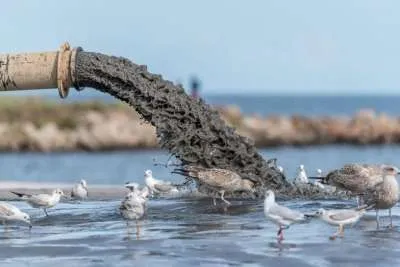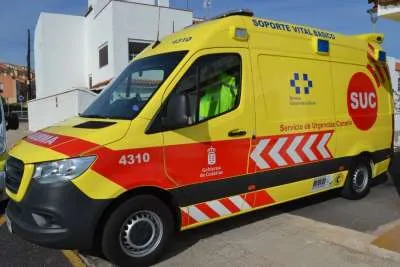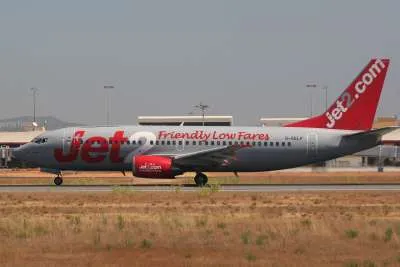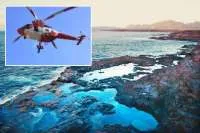The Canary Islands don’t have the Kamov helicopter for firefighting this summer
- 19-08-2024
- National
- Canarian Weekly
- Photo Credit: Gobierno de España
Concerns are mounting in the Canary Islands over the absence of the Kamov helicopter, a crucial asset in last year's battle against the worst forest fire in Tenerife's history, as it is no longer based in the islands due to the geopolitical situation in Russia, where the helicopter is manufactured.
The Kamov helicopter, known for its large water-carrying capacity, played a vital role in containing the 2023 forest fire, but its absence this summer has left the islands with a significant gap in their firefighting capabilities.
Local and regional administrations in the Canary Islands have urgently requested that the Spanish government acquire new high-capacity helicopters, such as the Kamov, to be stationed in the islands.
While smaller helicopters for rapid intervention are available, and amphibious planes are deployed from mainland Spain during large fires, the absence of a Kamov helicopter is a growing concern.
The debate over whether to station amphibious aircraft permanently in the archipelago continues, with experts divided on the issue. Some argue that the islands' complex terrain and the low frequency of use do not justify the presence of such aircraft, while others insist that enhancing the helicopter fleet with high-capacity models is a more effective solution.
The Kamov Ka-32A 11BC, the model previously used by the Spanish government, is a twin-turbine helicopter with a minimum water tank capacity of 4,500 litres. It is designed to drop water or water mixed with additives like fire retardants, making it a powerful tool in battling wildfires.
As fire risk remains high due to unstable weather conditions, including strong winds, high temperatures, and the potential for unusual storms, the absence of the Kamov helicopter highlights the need for enhanced firefighting resources in the Canary Islands.




























































